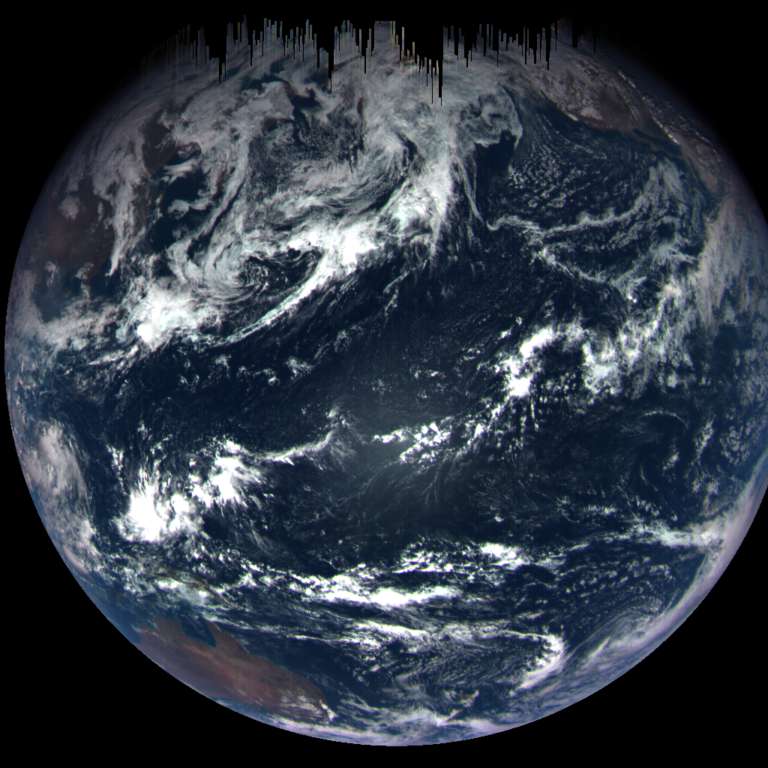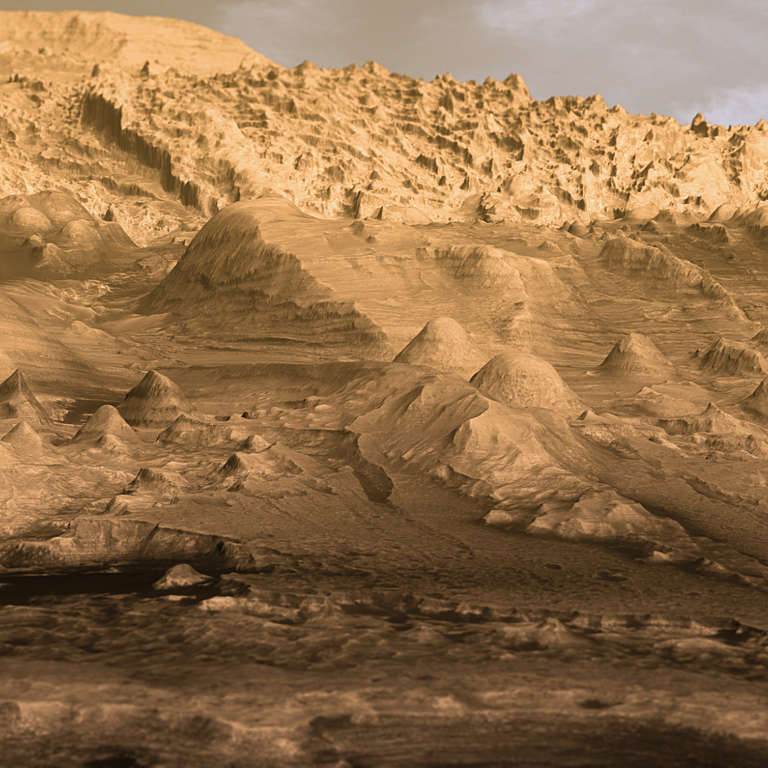All
All
Stories, updates, insights, and original analysis from The Planetary Society.
Favorite Astro Plots: The Pyroxene Quadrilateral
Petrology is a field of science in which scientists study the compositions of rocks and minerals and interpret their geologic history. A common graph petrologists use is the “pyroxene quadrilateral.” These graphs, like photos of space, can reveal an understanding of the remotest parts of the solar system.
Big news from the magnetosphere
At five years and counting, the Van Allen Probes mission continues to reshape our thinking about how Earth’s radiation belts flex and reconfigure under the influence of solar storms.
The curious case of the Apollo 4 Earth images
Revisiting images of Earth taken from the uncrewed Apollo 4 command module in 1967.
#LPSC2018: What the Moon's craters tell us about Earth's past climate
You might be surprised to learn that studying craters on the Moon can tell us about ancient Earth.
#LPSC2018: Fungi in the lab, hot springs frozen cold, and exploding lakes
The first astrobiology session at last week's Lunar and Planetary Science Conference featured talks on a huge variety of interesting topics, and was one of my favorite sessions at the meeting.
Throwback Thursday Funpost! A spacewalk in deep space
Only three humans have ever been on a spacewalk in the void between the Earth and Moon.
Go for GOLD, SES-14!
While we can measure properties of these upper layers using ground-based instruments, satellite-borne remote sensing instruments can give us a more frequent, global, and often higher spatial resolution perspective. And that is precisely what NASA’s Global-scale Observations of the Limb and Disk (GOLD) mission will deliver.
Visualize today's solstice with images from Earth-observing satellites
What do the shortest days of the year look like from space?
An exoplanet-hunting space telescope turns and takes a photo of Earth
On December 10, Kepler—NASA’s prized exoplanet discovery telescope—will finally turn back and take a picture of the Earth.
Earth flyby tests OSIRIS-REx's cameras
As expected, OSIRIS-REx's Earth flyby on September 22 was a success. The mission is slowly releasing beautiful images of our home worlds taken by its many cameras following the flyby.
OSIRIS-REx Earth flyby: What to Expect
OSIRIS-REx launched on September 8, 2016. Now, a year later, it's returning to its home to get a second boost on to its destination, the asteroid Bennu. It'll test all its cameras on Earth and the Moon in the 10 days after the flyby.
Voyager 40th anniversary: Reflecting on the pale blue dot
Today is the 40th anniversary of the launch of Voyager 1. Four decades later, both spacecraft survive, still producing science, still working on their interstellar missions. On the occasion of the anniversary, we revisit Carl Sagan's reflections on the significance of the Voyager missions.
Chasing the total solar eclipse at 38,000 feet
Where did you venture to view the Great American Eclipse? About 100 people were lucky enough to make the trip of a lifetime for it: 38,000 feet above the Pacific Ocean, courtesy of Alaska Airlines.
NASA experiments will watch eclipse's effect on atmosphere
The upcoming solar eclipse isn’t just about watching the Moon block out the Sun. A suite of NASA-funded science experiments will to study the unseen effects of the eclipse on Earth's atmosphere.
A dispatch from the path of totality: the 2017 solar eclipse in Ravenna, Nebraska
Ravenna, population 1,400, sits on the plains of central Nebraska, and almost on the center line of the path of totality for the upcoming Great American Eclipse. Nebraska native Shane Pekny reports on how this small town is preparing for the big event.
Book Review: Sun Moon Earth
With the North American Total Solar Eclipse coming on August 21, people across the continent are getting eclipse mania! Astronomer Tyler Nordgren has written a detailed book on eclipses with a special focus on the August 21st event.
Geology on Mars: Using stratigraphic columns to tell the story of Gale Crater
Stratigraphic columns are a basic tool in geology, used on both Earth and Mars to tell the story of a location. But what are they really?
Radar in Earth and Planetary Science, Part 2
Heather Hunter brings us the next installment in her series on radio detection and ranging.
Fossils or good-looking rocks? Why searching for life on other worlds is hard
If you find a structure that looks like ancient life, can you be really sure that it is ancient life?
Unraveling a Martian enigma: The hidden rivers of Arabia Terra
Arabia Terra has always been a bit of a martian enigma. Planetary scientist Joel Davis takes us on a tour of its valley networks and their significance in telling the story of water on Mars.


 Explore Worlds
Explore Worlds Find Life
Find Life Defend Earth
Defend Earth


 Sun
Sun Mercury
Mercury Venus
Venus Earth
Earth Mars
Mars Jupiter
Jupiter Saturn
Saturn Uranus
Uranus Neptune
Neptune Small Bodies
Small Bodies


















